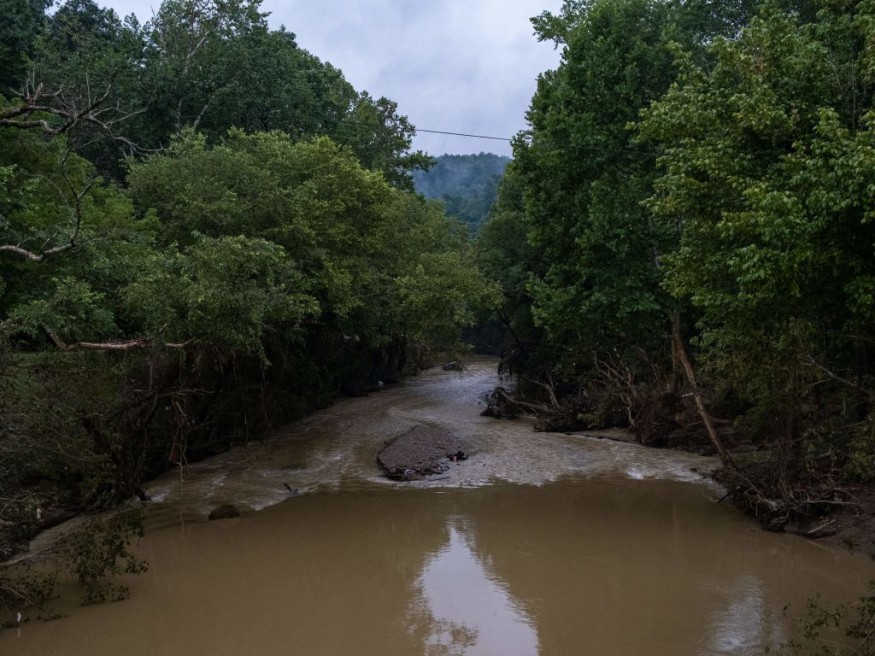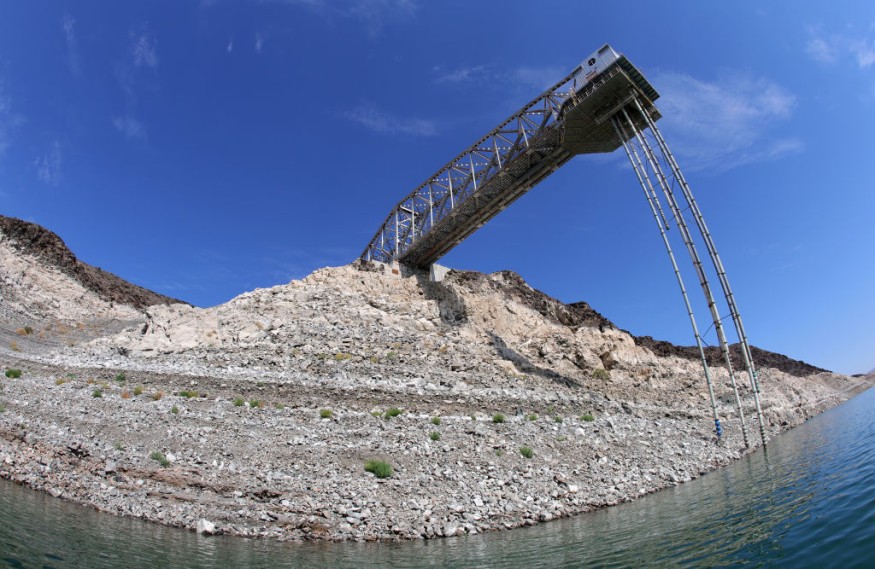In the Southwest of the United States, one of the driest parts of the country, unprecedented downpours fell, but they weren't enough to end the drought.

Record Drought

The Southwest has experienced a record drought that heavy monsoon rains have helped to alleviate. Still, water authorities claim the flood is insufficient to stop a drying trend that has exhausted the region's main water supplies.
According to Jonathan Deason, an environmental engineering professor at George Washington University, climate change-related drought has persisted for 23 years throughout most of the West.
Rainfall Not Enough
For there to be a significant rebound, he predicted that three years of rainfall that was above normal would be required.
According to the most recent US Drought Monitor, the majority of the Southwest has gotten more rain than twice as much as is typical since June. For the summer, drought conditions in several places-particularly New Mexico-improved from extraordinarily harsh to severe or abnormally dry.
According to Mike Hamman, the state water engineer of New Mexico, "in the short term, there has been considerable relief, and we expect that to continue far into the autumn."
According to Ben Frech, spokesman for the National Groundwater Association, the long-term trend toward hotter, drier weather in the West cannot be reversed by the monsoons.
What is drought?

A drought is a stretch of time during which a region or area receives less precipitation than usual. Lack of sufficient precipitation, rain, or snow can result in lessened stream flow, crop damage, decreased soil moisture or groundwater, and general water scarcity. After hurricanes, droughts are the weather phenomena that cost people the most money.
Contrary to dramatic weather occurrences like hurricanes, tornadoes, and thunderstorms, it is sometimes challenging to determine when a drought began or ended. It could take weeks or months to realize that a drought has begun since it might be hard to spot the first signs of one immediately. For the same reason, it might be hard to discern when a drought has ended. Weeks, months, or even years may pass between droughts. An area may experience drought conditions for a decade or longer at times. The negative impacts of drought on individuals increase with its length.
Can rain end drought?
An ordinary rain will help not wholly help with the drought. The relationship between medication and sickness could be a useful illustration. Even though a single dosage of medication might reduce symptoms, most illnesses require a long-term treatment plan. The drought won't end with a single downpour, but it could bring short-term respite.
Light to moderate shower will likely only have a temporary, cosmetic-relieving effect. Most of the rain from thunderstorms will flow into drainage systems and streams rather than sink into the ground since they frequently deliver huge volumes of precipitation in a short time.
Rains that fall heavily are the greatest treatment for drought. Water infiltration into the soil recharges groundwater, maintaining vegetation and supplying streams during dry spells. A single soaking rain will end drought conditions for good, but it may take several such storms spread over several months to end the drought and bring conditions back into the usual range.
Related Article : Exposure to Major Disasters Can Cause Long-Term Mental Health Problems
For more climate and weather updates, don't forget to follow Nature World News!
© 2025 NatureWorldNews.com All rights reserved. Do not reproduce without permission.





